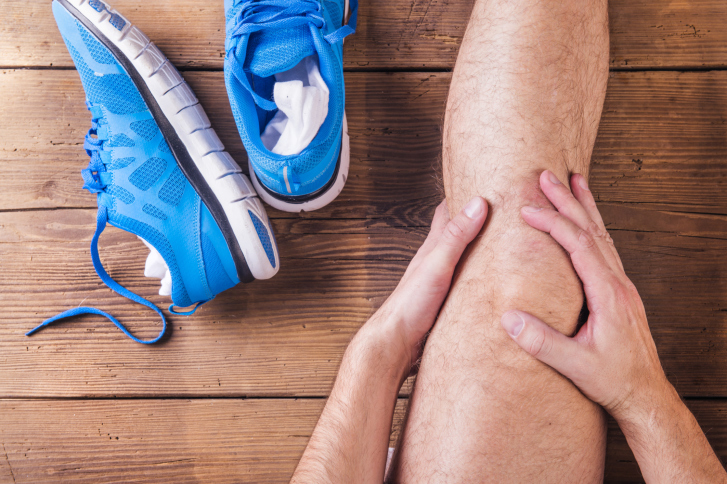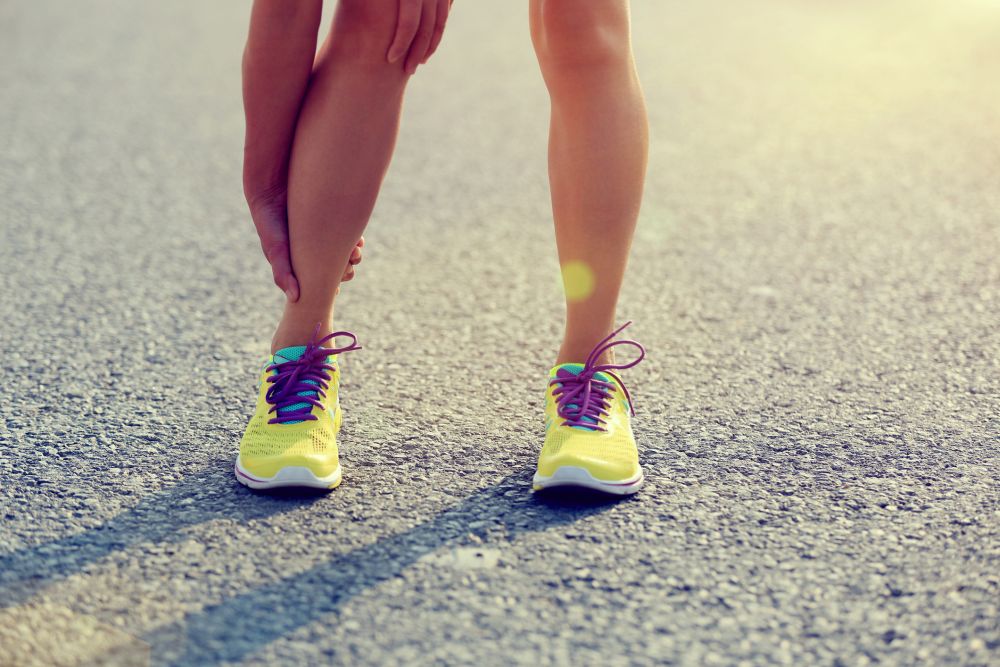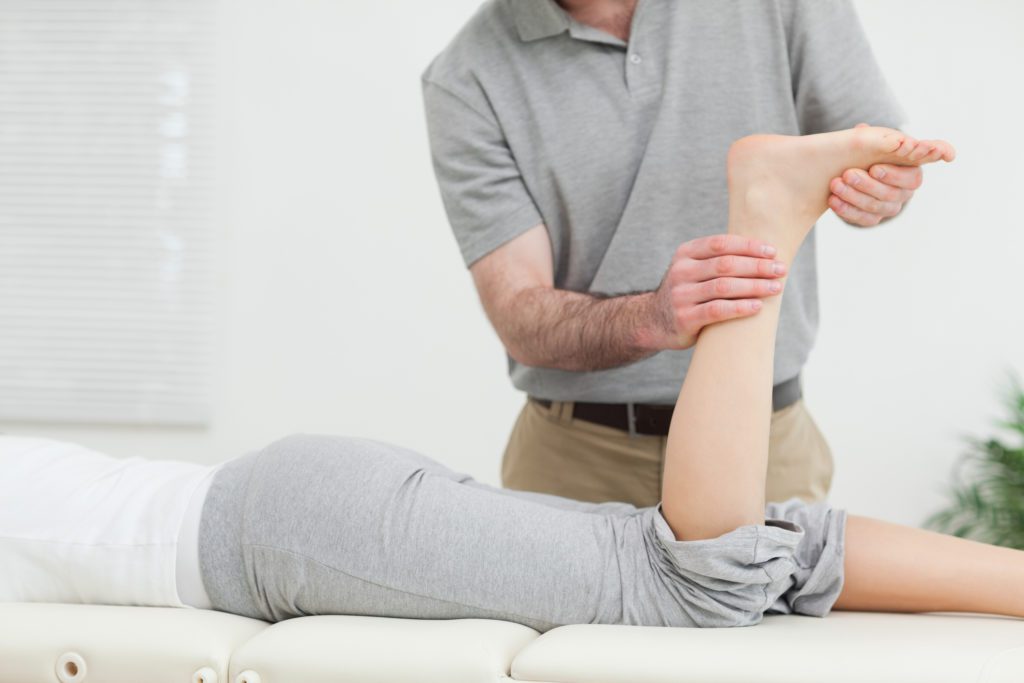Why some treatments work for some people (and not for others)
There are many reasons. One is, did you receive an accurate diagnosis?

Injured runners have been known to scour the Internet and talk to everyone they know in their search for a treatment for their injury. They hear one person’s story about how they tried everything on their plantar fasciitis or Achilles tendinitis, but nothing worked until they discovered that one treatment, and their troubles were over. So our runner embraces the treatment or exercise, and crosses their fingers, and it doesn’t work. They become frustrated. Why does something that works so well for that other runner not work for them?

RELATED: Strengthening the “foot core” to rehab foot injuries
We asked Toronto chiropractor Philip Warner, who told us he has spent a lot of time pondering this question. Warner explains that whether a specific treatment will work depends on a number of factors. They may appear to have the same injury, but they are not the same person. Here are some of the factors that influence how we respond to treatment:
Accurate diagnosis
“Often, pain… is given a generalized diagnosis,” says Warner. For example, if you have pain at your Achilles, it may be labelled tendinitis, but if we look closely at the tissue, is it a tear, an inflammatory reaction or a degenerative tendon? These nuances all require different approaches to treatment.”

Age and general health
A young, healthy person may respond better to a specific treatment than an older person who is starting to run but has a history of obesity, for example.
RELATED: Should you get a PRP (platelet-rich plasma) injection for that injury?
Lifestyle/job environment factors
Does the person stand all day at work, or do they sit at a desk? Those present two very different stresses on the body, which in turn have an impact on recovery.
The reason for the injury
Warner gives an example: “If you have an Achilles tendinopathy that is partially a result of excessive pronation, creating torque at the Achilles, then progress will be slow if the treatment is only directed at the tendon and neglects the excessive pronation.”

Warner sums up: “If you can get a specific tissue diagnosis (e.g. degenerative tendinopathy), choose a treatment to help that issue (e.g. eccentric exercises to strengthen the degenerative tissue), manage tissue loading (activities of daily living and exercise) and address the underlying reasons why the tissue is being overloaded (i.e. improve foot stability to reduce excessive pronation) you can have relatively consistent outcomes. But if you use the same treatment, but change the other factors, you’ll get very different outcomes.”
So take heart, injured runner. You are unique, and there are good reasons why the thing that worked for your friend may not work for you. But if you choose your health practitioner well, hopefully you’ll get to the bottom of why you’re injured, and what you can do about it, and be back on the roads or trails before long. And maybe you’ll become that person with a story about discovering exactly the right treatment.
RELATED: Tips to heal your running injury as quickly as possible


